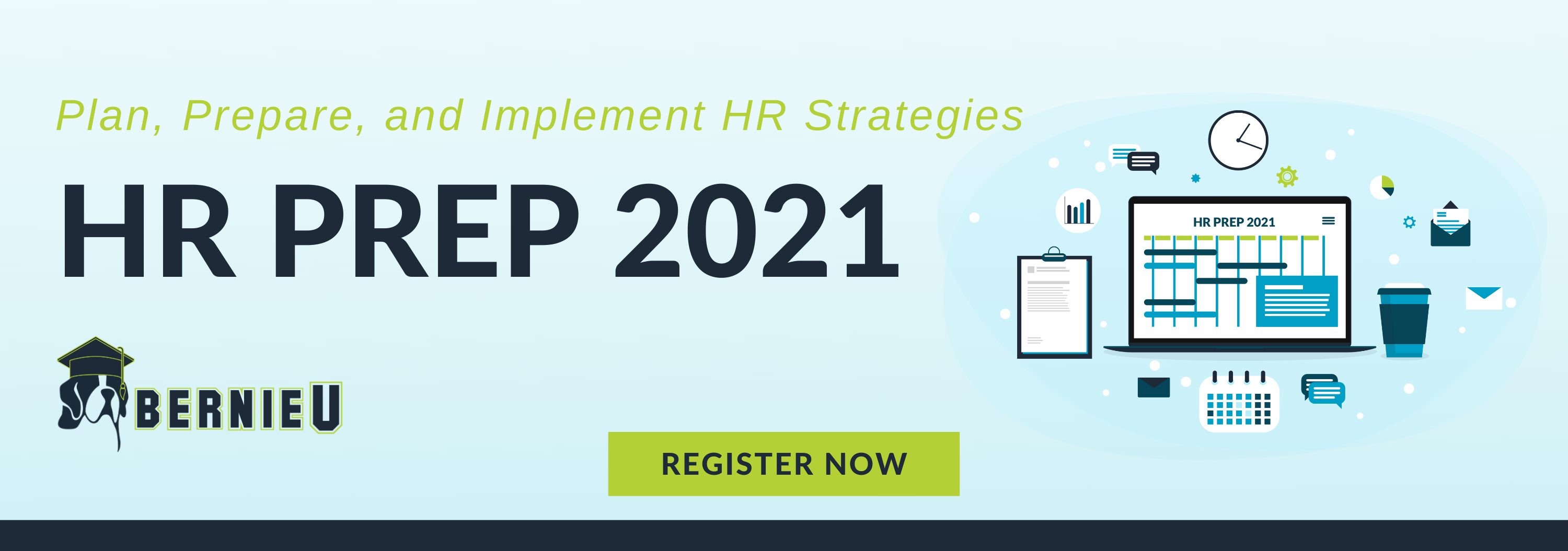
Written by
Drew Gieseke
Drew Gieseke is an aPHR®-certified marketing professional who writes about HR, compliance, and healthcare solutions.
Biden Announces New $1.9 Trillion Economic Plan to Fight COVID-19

On Jan. 14, 2021, President-elect Joe Biden announced a new plan designed to provide another round of essential stimulus to the economy as the COVID-19 pandemic continues to hurt employees and employers. From stimulus checks to enhanced unemployment benefits, Biden announced a new $1.9 trillion plan to boost the economy as the COVID-19 pandemic continues. Learn more about how the package may affect you.
What New Economic Proposal Did Biden Announce?
In a primetime address on Jan. 14, 2021, the President-elect introduced his intentions to boost the economy with a new, $1.9 trillion stimulus package. Dubbed the “American Rescue Plan,” the policy aims to fund COVID-19 vaccinations and distribution, provide $1,400 payments to qualifying Americans, and extend vital benefits like unemployment insurance.
The announcement arrives on the heels of the latest coronavirus stimulus bill—the Consolidated Appropriations Act, 2021—which was passed by Congress with bipartisan support and signed into law in December 2020
What Can Employers and Employees Expect to Be Included in the New Stimulus Package?
The stimulus package promises to provide relief to employers through several different initiatives. These include:
- National Vaccination Program: Biden’s plan pledges $400 billion in funding to develop and implement a national vaccination program that expands testing, mobilizes a public health jobs program, and takes other steps necessary to fight the pandemic.
- Scale Up Testing: $50 billion is pledged to expand coronavirus testing, including funding rapid tests, investments in expanding lab capacity, and helping schools and local governments implement regular testing protocols. This also includes outreach for communities of color that have been disproportionately harmed by the pandemic.
- Public Health Jobs Program: Funding will help hire 100,000 public health workers to work in local communities and provide vaccine outreach and contact tracing support.
- Safely Reopen Schools: The policy says that schools will be able to safely reopen by expanding testing. As a result, employers may find it easier to return workers to the office if employees who are parents have children that can attend in-person school.
- Emergency Stimulus Checks and Expanded Unemployment Insurance: The proposal plans to deliver $1,400 checks per person and provide a $400 per week supplement in unemployment insurance benefits to out-of-work Americans.
- Raising the Minimum Wage to $15 Per Hour: Part of the proposal also includes raising the federal minimum wage from $7.25 per hour to $15 per hour. The rate hasn’t been adjusted since 2009.
- Protect Workers with New OSHA Standards: Also included in the plan is a request for Congress to authorize the Occupational Safety and Health Administration (OSHA) to issue a new “COVID-19 Protection Standard.” This proposal is intentionally designed to protect employees not typically covered by OSHA, such as public workers. New OSHA guidelines were issued by executive order in January 2021; emergency standards are required to be issued by March 15, 2021.
- Emergency Paid Leave to 106 Million Americans: The proposed legislation plans to reinstate the Families First Coronavirus Response Act (FFCRA) paid leave requirement and provide more than 14 weeks of paid sick and family and medical leave to parents with children unable to attend school in-person for coronavirus-related reasons. In addition, the proposal plans to extend the FFCRA tax leave credit to reimburse applicable employers for the full costs of this leave. It will also provide emergency paid leave to 2 million Federal government employees and extend emergency paid leave until Sept. 30, 2021.
- Protect Vulnerable Populations in Group Settings: In addition to expanding access to schools and at-risk communities, the plan will help fund COVID-19 responses in long-term care facilities and prisons at federal, state, and local levels.
What’s Next for the New Stimulus Proposal?
The plan first needs to be passed through both houses of Congress before Biden can sign a bill and begin putting these proposals into action. Democrats have a majority of votes in the House of Representatives but the path forward is more difficult in the Senate, where Democrats and Republicans are evenly split at 50-50. Through the current procedure, the president-elect would need 60 votes total for the bill to pass in the Senate.
While not certain to pass, the new stimulus proposal is likely the first of many ambitious policy proposals that could impact employers and employees once the president-elect takes office on Jan. 20, 2021. For example, the incoming Biden administration has promised to protect the Affordable Care Act (ACA), lower the Medicare eligibility age to 60, add a new public option health insurance plan, and more.
Employers should stay on top of the latest updates regarding healthcare policy, labor law, and more while HR pros should be prepared to make on-the-fly adjustments to operations when necessary.

Written by
Drew Gieseke
Drew Gieseke is an aPHR®-certified marketing professional who writes about HR, compliance, and healthcare solutions.
Related Posts
We just wrapped up another phenomenal Weekdays with Bernie (WWB) Conference!
Employees are the heart and soul of an organization, and valuing their opinions can have...
HR parties of one already have an abundance of tasks to keep up with. From hiring to...
The talent search is no longer a skirmish or a battle. It’s a WAR! As a strategic HR...







Submit a Comment